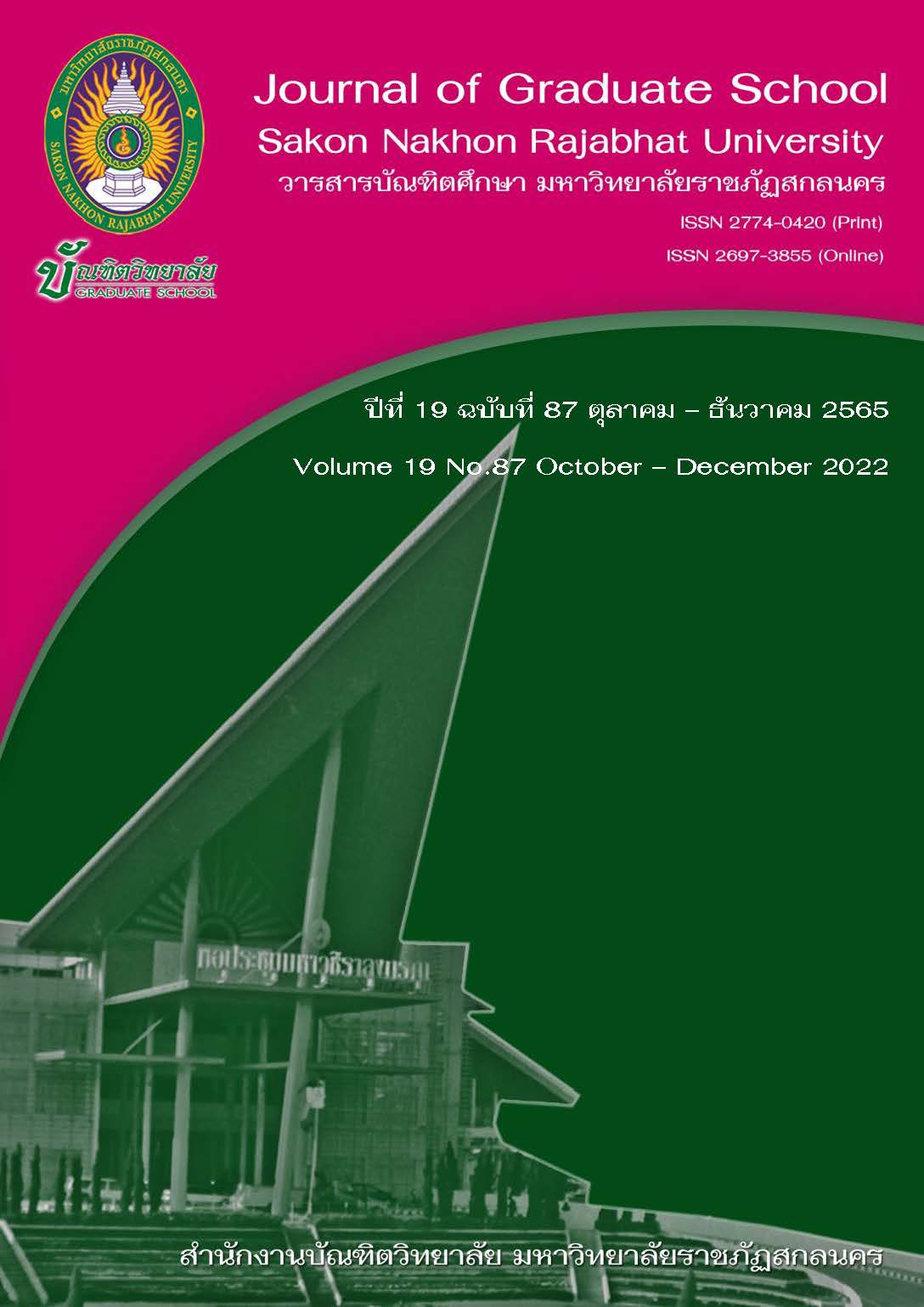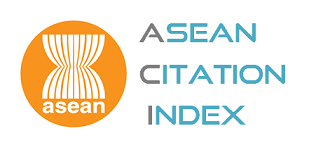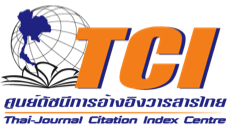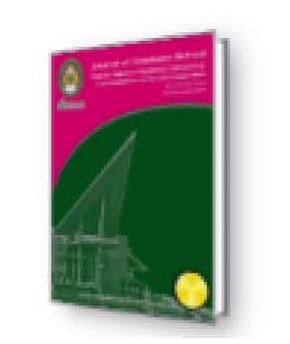กลยุทธ์การบริหารทรัพยากรมนุษย์ในภาวะวิกฤติ Covid–19
Keywords:
Human Resource Management Strategies, Covid-19 CrisisAbstract
This article aims to propose a human resource management strategy for business organizations amid the Covid-19 crisis through research, analysis, and synthesis of pertinent research papers from domestic and international sources. Organizations need to find ways to preserve and maintain their business leaders to strengthen their most valuable resource, i.e., their employees. For this reason, human resource management strategies are of the utmost importance in times of crisis and serve as a guideline for decision-making in personnel development planning to respond to the organization’s business plan appropriately, quickly, and efficiently to keep up with current and future changes.
References
ดาวิษา ศรีธัญรัตน์. (2562). ระบบงานทรัพยากรมนุษย์เชิงกลยุทธ์เพื่อการพัฒนาองค์การ. กรุงเทพฯ: สถาบันบัณฑิตพัฒนบริหารศาสตร์.
นพคุณ ชีวิธนรักษ์. (2563). ภารกิจและวิกฤติที่ทรัพยากรมนุษย์ต้องทบทวนก่อนถึงประชาคมเศรษฐกิจอาเซียน ปี 2558. วารสารนักบริหาร, 33(4), 64-71.
ประทีป ธนกิจเจริญ. (2564). ส่องสังคมไทยหลังโควิด-19 ตอกย้ำความสำคัญการกระจายอำนาจ ปูทางสู่การปฏิรูปประเทศ. เข้าถึงได้จาก https://www.hfocus.org/content/2020/05/19255. 1 กันยายน 2564.
พุทธชาด ลุนคํา. (2560). แนวโนมธุรกิจ/อุตสาหกรรมป 2561-63: ธุรกิจโรงแรม. เขาถึงไดจาก https://www.krungsri.com/ bank/getmedia/9027bab8-d979-4f28-9ff3- f21444f5dab1/%20IOHotel_2017_TH.aspx. 9 ธันวาคม 2564.
เฟื่องฟ้า บัญญา. (2558). กลยุทธ์การจัดการทรัพยากรมนุษย์หลังวิกฤติน้ำท่วม: กรณีศึกษานิคมอุตสาหกรรมนวนคร. วารสารบริหารธุรกิจ เศรษฐศาสตร์และการสื่อสาร, 10(1), 75-83.
อภิชญา ฉกาจธรรม และปาจรีย์ รอดพ่าย. (2563). ทางรอด Gig Worker ไทย: ความท้าทายใหม่ของแรงงานนอกระบบภายใต้วิถีชีวิต New Normal. เข้าถึงได้จาก https://brandinside.asia/ gig-worker-gig-economy-covid-19/. 16 กันยายน 2564.
Israeli, A. A. & Reichel, A. (2003). Hospitality Crisis Management Practices: the Israeli case. International Journal of Hospitality Management, 22(4), 353-372.
Kim, S. S., Chun, H., & Lee, H. (2005). The Effects of SARS on the Korean Hotel Industry and Measures to Overcome the Crisis: A Case Study of Six Korean Five-star Hotels. Asia Pacific Journal of Tourism Research, 10(4), 369-377.
Makovec Brenčič, M., Pfajfar, G., & Rašković, M. (2012). Managing in a Time of Crisis: marketing, HRM and Innovation. Journal of Business & Industrial Marketing, 27(6), 436-446.
Mao, Y., He, J., Morrison, A. M., & a Coca-Stefaniak, J. (2020). Effects of Tourism CSR on Employee Psychological Capital in the Covid-19 Crisis. From the Perspective of Conservation of Resources Theory. Current Issues in Tourism, 27(19), 2716-2734.
Mitsakis, F. V. (2014). Human Resource Management (HRM), Economic Crisis (EC) and Business Life Cycle (BLC): A Literature Review and Discussion. International Journal of Human Resource Studies, 4(1), 189-203.
Nijssen, M., & Paauwe, J. (2012). HRM in Turbulent Times: How to Achieve Organizational Agility?. The International Journal of Human Resource Management, 23(16), 3315-3335.
Rowley, C., & Bae, J. (2004). Human Resource Management in South Korea After the Asian Financial Crisis: Emerging Patterns from the Labyrinth. International Studies of Management and Organization, 34(1), 52-82.
Saridakis, G., Lai, Y., & Cooper, C. L. (2017). Exploring the Relationship Between HRM and Firm Performance: A Meta-analysis of Longitudinal Studies. Human Resource Management Review, 27(1), 87-96.
Smith, W., & Abdullah, A. (2004). The Impact of the Asian Financial Crisis on Human Resource Management in Malaysia. Asia Pacific Business Review, 10(3-4), 402-421.
Teague, P., & Roche, W. K. (2013). Recessionary Bundles: HR Practices in the Irish Economic Crisis. Human Resource Management Journal, 24(2), 176–192.
Wimolmas, S. (2020). HR Trends of New Normal. Available from https://www.hrconsultant.training/post/hr-trends-of-new-norma. August 16, 2021.
Wu, S. L. (2011). Impact of environmental uncertainty on human resource flexibility. International Conference on business and economics research, 1, 277-281. Retrieved from http://www.ipedr.com/vol1/59-B10081.pdf?fbclid= IwAR21lwuQGjI1H19 WJRylUe5NkemGT5Y95vE0zTqln5MA1KDG9F1LnLMrd8. september 16th, 2021.
Downloads
Published
How to Cite
Issue
Section
License
Copyright (c) 2023 Journal of Graduate School Sakon Nakhon Rajabhat University

This work is licensed under a Creative Commons Attribution-NonCommercial-NoDerivatives 4.0 International License.
บทความทุกบทความที่ตีพิมพ์ในวารสารบัณฑิตศึกษา มหาวิทยาลัยราชภัฏสกลนคร ถือว่าเป็นลิขสิทธิ์ของบัณฑิตวิทยาลัย มหาวิทยาลัยราชภัฏสกลนคร










